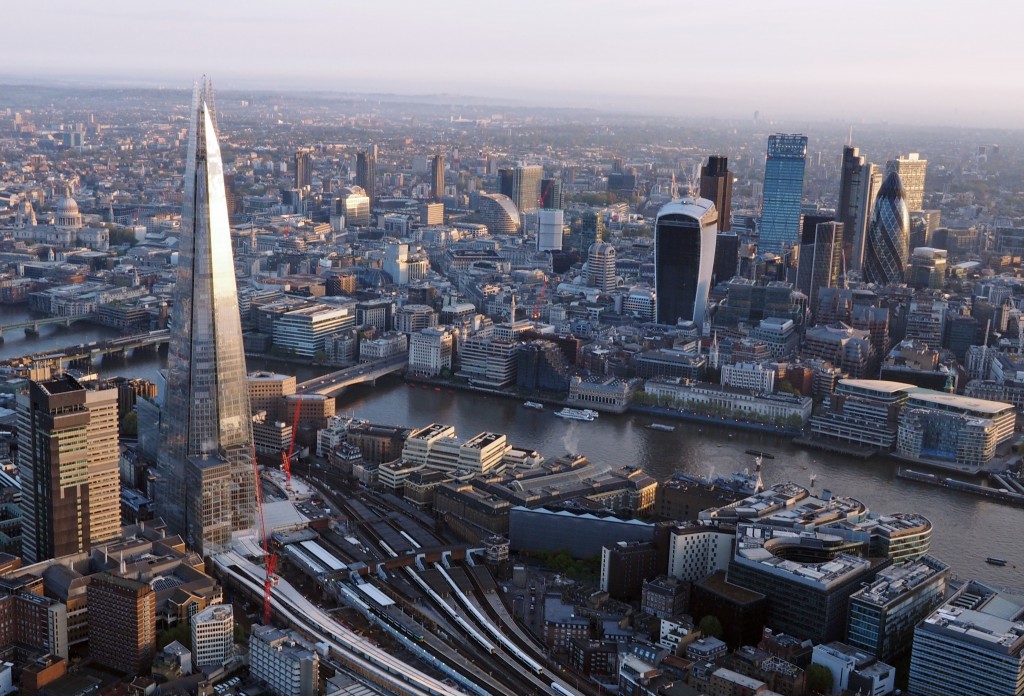After reaching vertiginous highs in the past decade, the pace of London house price growth has slowed in recent months — but the broad figures conceal a great deal of difference between hot and cold spots.
Data available for the period since the Brexit vote remain limited, so hard conclusions about the impact of the referendum are hard to draw. But estate agents believe prices in some parts of the capital appear more resilient to economic and political turmoil than others.
London has continued to lead the ranking of UK regions by house price growth, even as some were calling time on its predominance.
In the year to June, average prices across the capital climbed 12.6 per cent, according to the Office for National Statistics house price index, eclipsed only by the east of England, where growth ran to 14.3 per cent annually. But Savills, the estate agent, says prices for the most expensive properties — found in prime central London — have fallen by 8 per cent since their last peak in 2014.
Over the past 20 years, housing wealth has radiated out from the prime central areas of Kensington & Chelsea and Westminster, bringing higher prices to places like Fulham, Wandsworth and Battersea in the south-west, and Islington and Hackney in the north and east. The influx of cash-rich overseas buyers that took place in the years following the financial crisis of 2008 pushed up prices to stratospheric levels in central areas, sending more domestic purchasers out to these high-end commuter zones.
But their strong performance may not persist. In previous economic turbulence, says Ed Mead, director at agent Douglas & Gordon, the areas that experienced the steepest price rises had a greater propensity to fall harder as the housing market cycle turned down.
“There’s no doubt that the areas that always get hit the hardest are always the ones that have just seen the most growth. If you look around the emerging prime areas of London, the areas that jumped the most and have suffered most recently are places such as Battersea Park,” he says.
The formula is not foolproof. Hackney, which has seen sharp house price growth, might appear one of the riskiest areas. But Lucian Cook, research director at Savills, warns: “You need to distinguish between late-cycle house price growth and a shift in the character of the place. Where you’ve seen a change in the nature of the people living in those areas — and that’s become quite entrenched — that would support prices. It’s something more fundamental.”
Richard Donnell, research director at housing market analyst Hometrack, says the strongest-growth markets remain the cheapest, such as Barking & Dagenham and Newham, where growth is running at 16-18 per cent, compared with central areas where year-on-year growth is just 2.5 per cent (and therein concealing falls of 2.5 per cent over the past quarter). “Momentum is already falling out of the London market on affordability pressures, tax changes for investors and concerns on value for money and Brexit,” he says.
Mr Donnell also says the zones most exposed when the market cools tend to be emerging market areas with unsustainable pricing levels. This often applied to new-build or regeneration schemes in their early stages and “value for money” markets that did not have the services in place to support the pricing. “The areas that are most insulated are rock solid, established housing markets with family housing that is always in demand — this is much of London to all intents and purposes.”
Inner and outer London show further evidence of a different market dynamic. The high-end prime central market is more often characterised by cash buyers; mortgages are more common in the “doughnut” of outer boroughs, making those areas more vulnerable to a rise in interest rates. Though the likelihood of an interest rate rise has receded even further since August’s interest rate cut by the Bank of England, a return of inflation could speedily alter that picture should it prompt evasive action by the central bank.
Interest rates also illustrate another difference in today’s conditions versus previous moments of turmoil, since their record low levels are limiting repossessions among mortgaged homeowners in the mid-range to lower-prime areas. Mortgages are cheap, but affordability rules mean there are tighter limits on the amount of debt buyers can take on, Mr Cook says. These constraints on the amount people can borrow should also limit the number of forced sellers that might emerge in a downturn. “That suggests you don’t get the same levels of house price falls as in the past.” he adds.
Data from previous crises lend weight to arguments that, when the storms hit, London owners prefer to batten down the hatches. Mr Donnell says experience suggests market shocks typically affect transaction levels much harder than prices, especially in central London.
Source: The Financial Times

